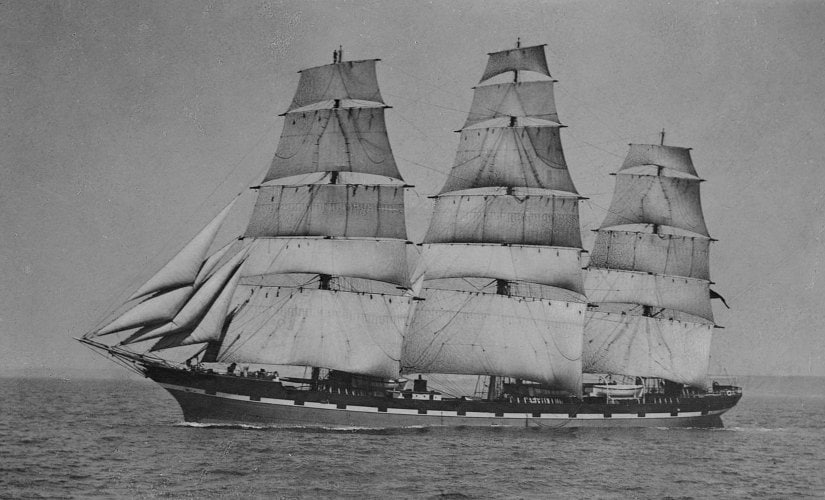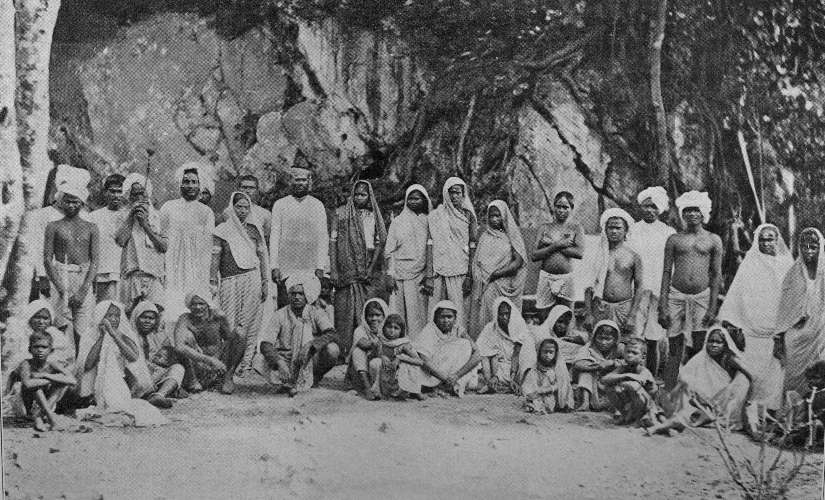Over the last six weeks, they have crept into our consciousness. They have inspired pity, anger, hectoring and indifference. That they lived all around us was a detail we were barely conscious of before the nation-wide lockdown was put into place. They cleaned our homes and washed our cars, served us at restaurants and eateries, sweated and slaved away in the many small and big factories and workshops that one finds all over the urban sprawls that our cities have become. Many of us were similar to them in that we too do not hail from the cities that we now live in. We, or someone in our family, had moved there to seek employment or start a business and then stayed put or ‘settled down’ as we, the well-heeled, put it. We then grew roots, purchased an apartment or built a home, sometimes two, and came to feel that we ‘belonged’. ‘They’, on the other hand, were birds of passage who did not put down roots or try to belong. Sure enough, when the lockdown was announced, and then later, extended, they sought to ‘return’ home. The stories of their journeys which have been documented in the news and on social media have been gut-wrenching. Walking or cycling for days on end, on little food and water, families and meagre possessions in tow, sometimes collapsing and dying with their destination in sight, mowed down by trucks and run over by trains, the migrants have been the lockdown’s most unforeseen casualty. A century-and-a-half ago, many Indians — indentured labourers all — made similar journeys in cattle-like conditions on steamships, hoping to find paradise in a distant land where they would have sufficient food, perhaps a plot of land and enough money to tide them through rainy days. Most ended up being cheated and denied a fair shot at life. The journeys of migrants during the lockdown mirrors those journeys across the seas. One was the shame of the British Empire, which had set out to ‘civilise’ the ‘natives’ but ended up enslaving many of them. The current dispensation has shamed the citizens of the Republic of India and the hallowed Constitution, which the citizens gave unto themselves. [caption id=“attachment_8385241” align=“alignnone” width=“825”]  The sailing ship Mersey launched for the Nourse Line, which used her primarily to transport Indian indentured labourers to the British colonies. Wikimedia Commons/State Library of Victoria[/caption] The system of indentured labour (a ‘second slavery’ as many scholars have rightly termed it) originated in the 1830s when slavery had run its course in most of Europe and the larger public had expressed their outrage at the persistence of such an exploitative system. The destinations for indentured labourers were the Caribbean islands, Mauritius, Africa (Kenya, Tanzania and South Africa), South America (British Guyana and Suriname ), Fiji and Malaya. This system sought to legitimise itself on the back of a contract, unlike slavery, which treated human beings as commodities. That the contract specified exploitative terms — poor wages, limited or no leave, loopholes in the clauses concerning release from contract etc — was given little consideration, since the parties were entering into it ‘willingly’. But given that those who assented to this contract were unlettered men and women, mostly from India and China who did not understand the contract’s fine print, was a detail that was conveniently swept under the rug. A second slavery was thus put into practice, and in 1834, the first group of indentured labourers was shipped to Mauritius. To find workers willing to under such contracts (or ‘girmit’ – a homonym for ‘agreement’), a recruiter (‘arkati’) fanned out into India’s poorest districts painting a pretty picture of their work destination. For a desperate populace on the verge of starvation, it was a chance worth taking. Then came the process of explaining to the workers the terms of their contract — a shambolic process. Often, groups were brought in front of a magistrate who inquired if they had understood the contract, without bothering to inquire further. Coached to say ‘yes’, almost all labourers assented and placed their thumb impressions on a sheet of paper. Few knew what they were getting into. The ordeal then began. Before the advent of the railways and its penetration into the Indian heartland, labourers walked from their villages in present-day Uttar Pradesh and Bihar to Calcutta (Kolkata), where a ship awaited them. This first leg of the journey took 30 to 40 days, almost entirely on foot. Journeys from the districts of present-day Andhra Pradesh and Tamil Nadu to Madras (Chennai) were shorter, but grueling nonetheless. Sometimes, if there were no ships ready to sail, migrants waited at the emigration depot for up to three months housed in less than favourable conditions. These potential emigrants were kept under close watch and not allowed the free run of the city. Desertion upon hearing horror tales of the ‘promised land’ was a possibility, as also the chance that they would contract contagious diseases, thereby laying waste the efforts of the ‘arkati’. [caption id=“attachment_8385251” align=“alignnone” width=“825”]  Newly arrived Indians in Trinidad. Wikimedia Commons[/caption] Once a ship was available, a medical examination followed, and then hundreds of labourers boarded the ship. In the early years, wooden sailing vessels of teak were used. Conditions on the ships were similar to those on slave ships. Totaram Sanadhya, who spent years in Fiji , writes in Fiji Dveep mein Mere Ikkis Varsh (My Twenty-one Years in Fiji) of the cramped conditions in the ship – each person had ‘a space one and a half feet wide and six feet long’. Four ‘dog biscuits’ and ‘one-sixteenth of a pound of sugar’ (about 150 grams) were handed out on boarding, a ‘welcome package’ of sorts. The ship then sailed. On the seas, the labourers were expected to make their own meals with the provisions provided. The toilets too had to be cleaned by them, and refusal to do so resulted in beatings. Two bottles of fresh water were handed out daily. The question of asking for more water in case of need did not exist. One had to make do or suffer silently. Sea journeys ranged from ten to 20 weeks (journeys to Malaya were shorter than ten weeks). An 1878 British Guyana report records that in that year 17 ships arrived. The length of their voyage ranged from 78 to 128 days and the number of passengers varied from 493 to 652. Deaths on the ship were a common occurrence, dysentery, measles and cholera being the frequent causes. Bodies were thrown overboard when deaths took place. Perhaps a religious-minded fellow traveller uttered a short prayer. Otherwise, there was little dignity in death. In 1878, 18 deaths (including 15 children) out of a total of 611 passengers took place on the Hesperides. That the ship had taken 128 days to complete the voyage probably had something to do with it. That same year, 19 deaths took place on the Plassey, which took 92 days to complete the voyage and had embarked with 627 passengers. Still, these conditions were better than the conditions in 1856-57, when the average death rate for Indians travelling to the Caribbean was 17 percent. As many as 11 children were born on the Hesperides during the course of the sea voyage. The Plassey witnessed nine births. To begin with, most of the labourers were men. Only a few women made these journeys. How these women managed the exigencies of childbirth on board a rollicking ship with little water, food and privacy is too terrible to imagine. Given that almost every one of these ships records the deaths of children, it is perhaps fair to assume (since no clear details are available) that many of these deaths were of newborns. More horrors awaited the labourers when they reached their destinations. Poor wages, pathetic living conditions, insufficient food and the dishonouring of the terms of their contracts were commonplace. The indentured system was a system of continuous and prolonged exploitation. When the system came to an end in 1916, close to 1.5 million had made the journey. A significant number had perished en-route or in their new homes. Many stayed back after their contracts ended. A small number returned. Every single one of them had undergone untold suffering. Even as a callous government and an even more callous middle class continue to wallow in utter indifference, a tragedy has unfolded in our times which historians of the future will use to pass judgment on our generation. The indentured system was a telling comment on the tyranny of the white man, the excesses of the Empire and the blood and sweat on which the pretty structures of the West have been built. The current tragedy is our Fall from our fraudulent Garden of Eden.
Like the migrants who are currently walking back home across states, a century-and-a-half ago, many Indians — indentured labourers all — made similar travels in cattle-like conditions on steamships. Most ended up being cheated and denied a fair shot at life.
Advertisement
End of Article


)

)
)
)
)
)
)
)
)



